Francesca’s blueprint for success: From childhood hobby to global brand
Inside Retail
MAY 22, 2025
But what makes Francesca more than just another direct-to-consumer brand is its multilayered approach to growth. Today, Francescas evergreen pieces, like their stacking bracelets, represent the kind of brand longevity most fast-fashion jewellery houses envy. So we solved that problem. On the surface, it’s sleek ecommerce.


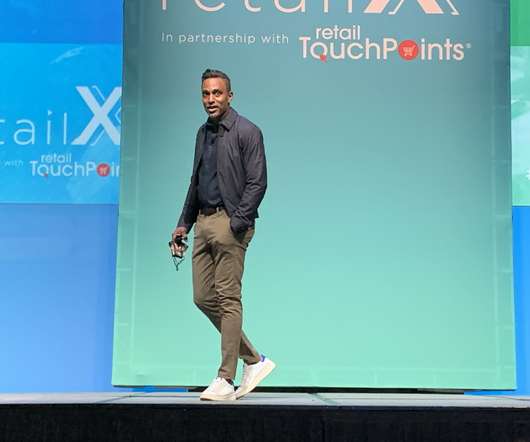


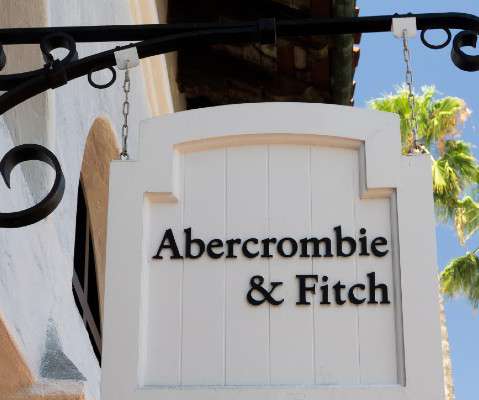

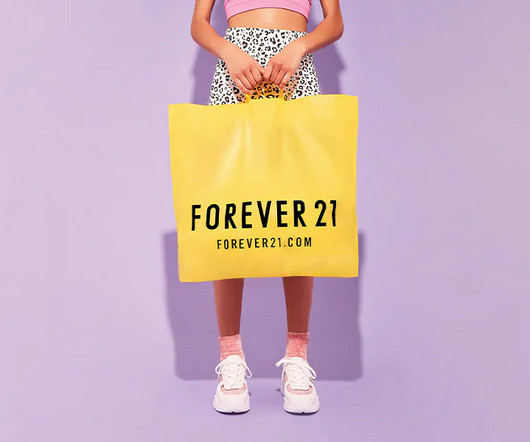
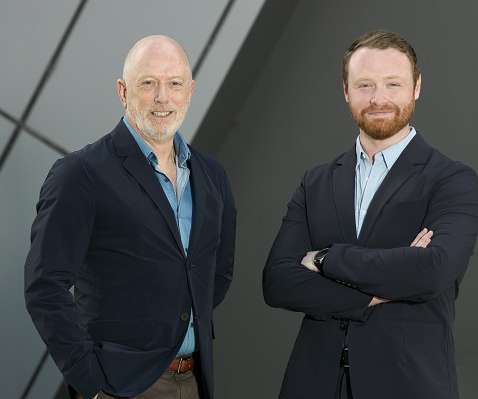

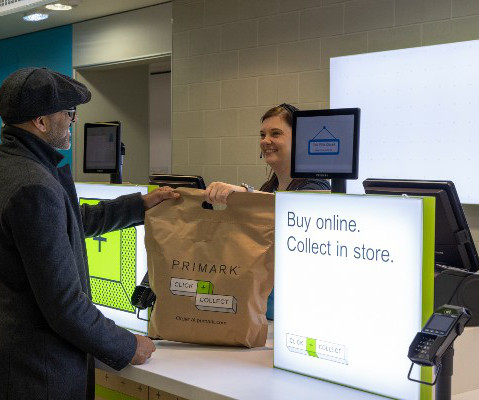
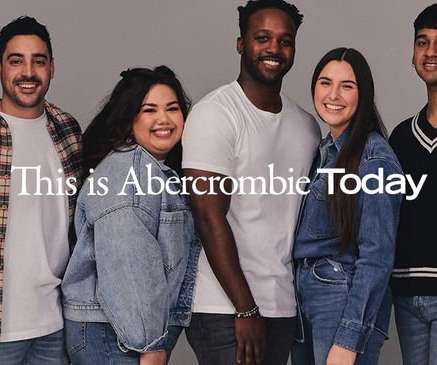

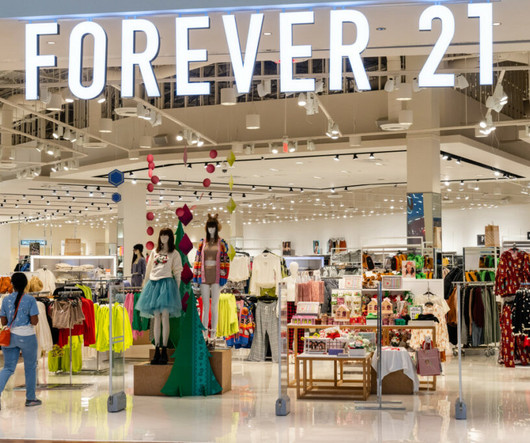







Let's personalize your content